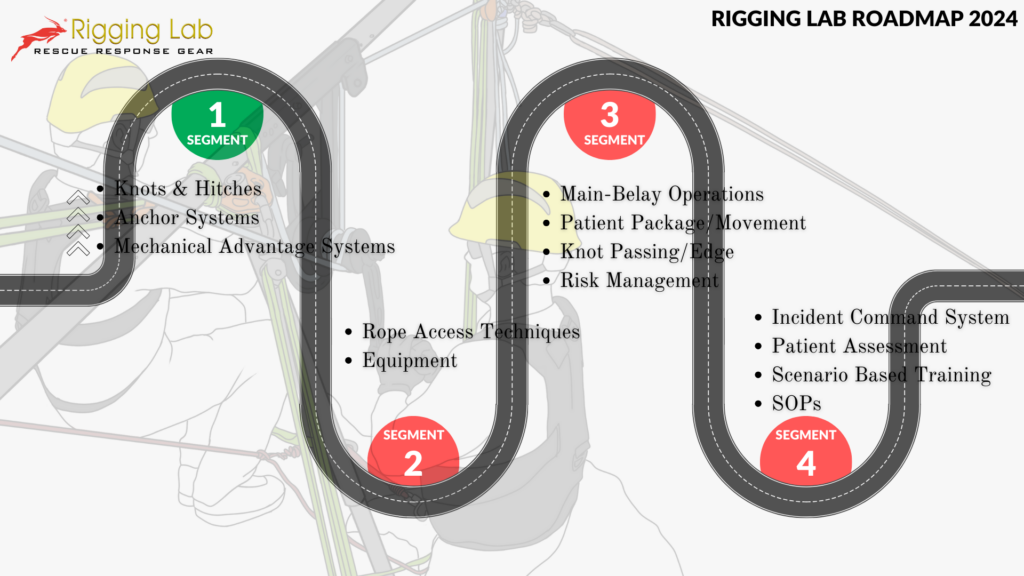Q: What makes a one pulley more efficient than another?
There are a couple of key factors that affect the efficiency of a rescue pulley. The diameter of the sheave (the wheel in a pulley system that supports the rope) can make a difference – the smaller the diameter, the more bending of the fibers of the rope, thus the promotion of added inefficiency. However, the greatest factor on efficiency of pulleys is directly related to the axial of the sheave(s).
The axial of a low efficient pulley is typically a bushing. A bushing type pulley will only give you approximately 70% efficiency. Whereas the axial of a high efficiency pulley is a ball bearing type. A ball bearing pulley will render an efficiency of approximately 90%. So, if you’re looking for a rescue pulley that will be more efficient, look for one with a ball bearing axial.
Q: What is a PMP (Prusik-Minding-Pulley)?
A: A PMP is a rescue pulley specifically designed for use in crevasse rescue and other high-angle rope rescue situations. It is typically used in conjunction with other rescue equipment, such as a Prusik hitch or mechanical advantage system, to raise or lower a person or object.
The PMP was invented by German mountaineer Karl Prusik in the early 1930s, and is sometimes referred to as a “Prusik pulley.” It is a simple but effective device that has been used in rescue operations around the world for decades.
The PMP consists of two side plates connected by a central axle. The side plates have a flat bottom, which keeps the rescue pulley in line with the rope and promotes a smoother haul and more efficiency. Conversely, a round side plate pulley will let the rescue pulley creep to the side of the pulley, creating unwanted bending of the rope during the hauling process and less efficiency.
Q: Is the fire service required to use only pulleys rated to NFPA 1983 General Use?
A: No. The fire service is not required to use only pulleys rated to NFPA 1983 General Use. However, it is important to understand that NFPA 1983 is an important manufacturer’s standard that promotes product accountability for the buyer of rope rescue gear. Having stated this, a General Use pulley will have a MBS (Minimum Breaking Strength) rating of 36kN, while a Technical Use pulley will have a MBS rating of 22kN. Therefore, it is important to understand the application and use rescue pulleys accordingly.
Peace on your Days
Lance










